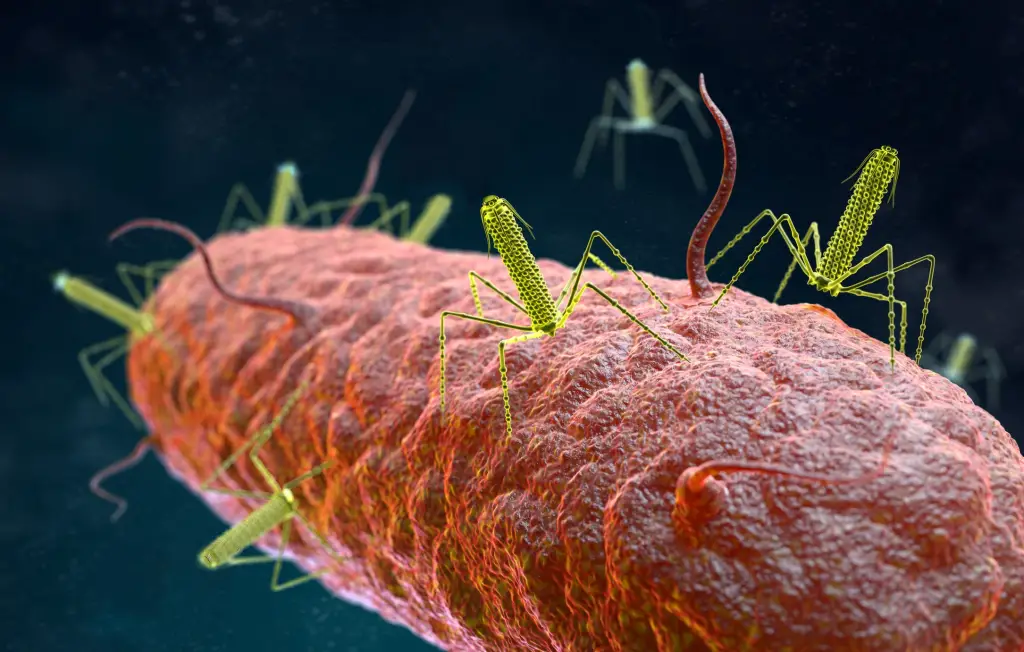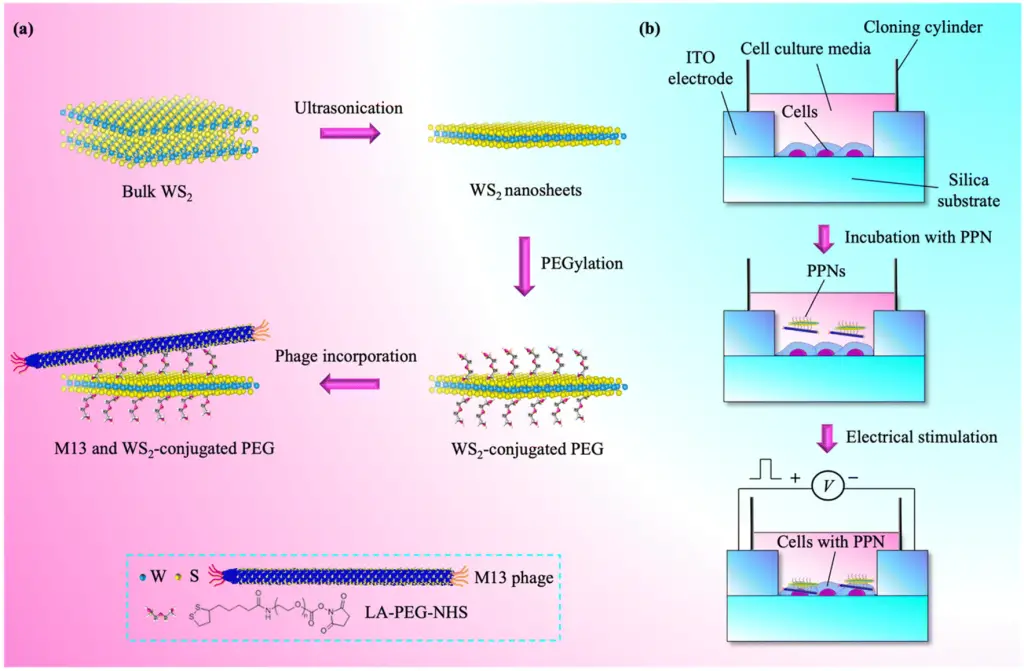Bacteriophage MS2, often referred to simply as MS2, is one of the well-studied RNA bacteriophage that infects Escherichia coli (E. coli) bacteria. This virus was discovered in 1961, and since then MS2 has become a model organism in molecular biology, particularly in studies involving RNA viruses. This article provides an in-depth look at the structure, life cycle, historical significance, and applications of MS2.
Structure of Bacteriophage MS2

Unlike conventional phage structures that many use to represent phages, MS2 is composed of an icosahedral capsid and a single-stranded RNA genome without the tail. The capsid, about 27 nm in diameter, is made up of 180 copies of a single-coat protein, which encapsulates the RNA genome. The genome itself is approximately 3,569 nucleotides long and encodes four proteins: the maturation protein (A protein), the coat protein, the replicase protein, and the lysis protein.
MS2 Capsid Structure
The capsid’s icosahedral symmetry is formed by 60 capsomers, each consisting of a trimer of the coat protein. This geometric configuration not only provides stability but also facilitates the efficient packaging of the RNA genome.
RNA Genome
The RNA genome of MS2 is positive-sense, meaning it can directly function as mRNA. This characteristic allows the virus to hijack the host’s ribosomes immediately upon infection, leading to the rapid synthesis of viral proteins.
Life Cycle of MS2
The life cycle of MS2 can be divided into several stages: attachment, entry, replication, assembly, and release.

Attachment and Entry
MS2 specifically targets F-pilus, a protein appendage used by E. coli bacteria during conjugation. The maturation protein of MS2 binds to the tip of the F-pilus, facilitating the injection of the viral RNA into the bacterial cell.
Replication
Once inside the host cell, the viral RNA is translated by the host’s ribosomes to produce the necessary viral proteins. The replicase protein, in particular, plays a crucial role in synthesizing a complementary RNA strand, which serves as a template for producing new viral genomes.
Assembly
Newly synthesized coat proteins spontaneously assemble around the replicated RNA genomes in the cytoplasm of the host cell. The maturation protein, which is synthesized in smaller quantities, is incorporated at a unique vertex of the capsid, forming infectious virions.
Release
The lysis protein is responsible for disrupting the host cell membrane, leading to cell lysis and the release of progeny phages. This process typically results in the death of the host cell and the liberation of dozens of new MS2 particles, ready to infect neighbouring cells.
Historical Significance
MS2 holds a prominent place in molecular biology due to its pioneering role in understanding RNA viruses. It was one of the first viruses to have its complete genome sequenced, in 1976. This achievement provided insights into the genetic organization and protein-coding potential of RNA viruses.
Applications of MS2
The simplicity and well-characterized nature of MS2 make it an invaluable tool in various research and biotechnological applications.
Molecular Biology
It is extensively used as a model system to study RNA virus replication, translation, and assembly. Its genome organization and regulatory mechanisms provide insights into the broader principles governing RNA biology.
Phage Display Technology
MS2 phage display is a powerful technique used to study protein-protein, protein-DNA, and protein-RNA interactions. By fusing foreign peptides or proteins to the MS2 coat protein, researchers can screen for interactions with high specificity and affinity.
Vaccine Development
MS2 has been explored as a platform for vaccine development. By displaying antigens on its surface, MS2-based vaccines can elicit robust immune responses. This approach is being investigated for vaccines against various infectious diseases and cancers.
Water Quality Monitoring
MS2 is used as a surrogate for pathogenic viruses in water quality monitoring. Its stability and ease of detection make it an excellent indicator organism for assessing the efficacy of water treatment processes.
Bacteriophage MS2 is a cornerstone of molecular virology and biotechnology. Its simple structure, well-characterized genome, and versatile applications continue to make it a subject of intensive study. From its role in elucidating fundamental RNA biology to its practical applications in vaccine development and environmental monitoring, it remains a vital tool in scientific research.
For those interested in the intricacies of RNA viruses, the study of MS2 offers a wealth of knowledge and opportunities for innovation. Whether you are a seasoned researcher or a curious newcomer, MS2’s contributions to science are both profound and far-reaching.




